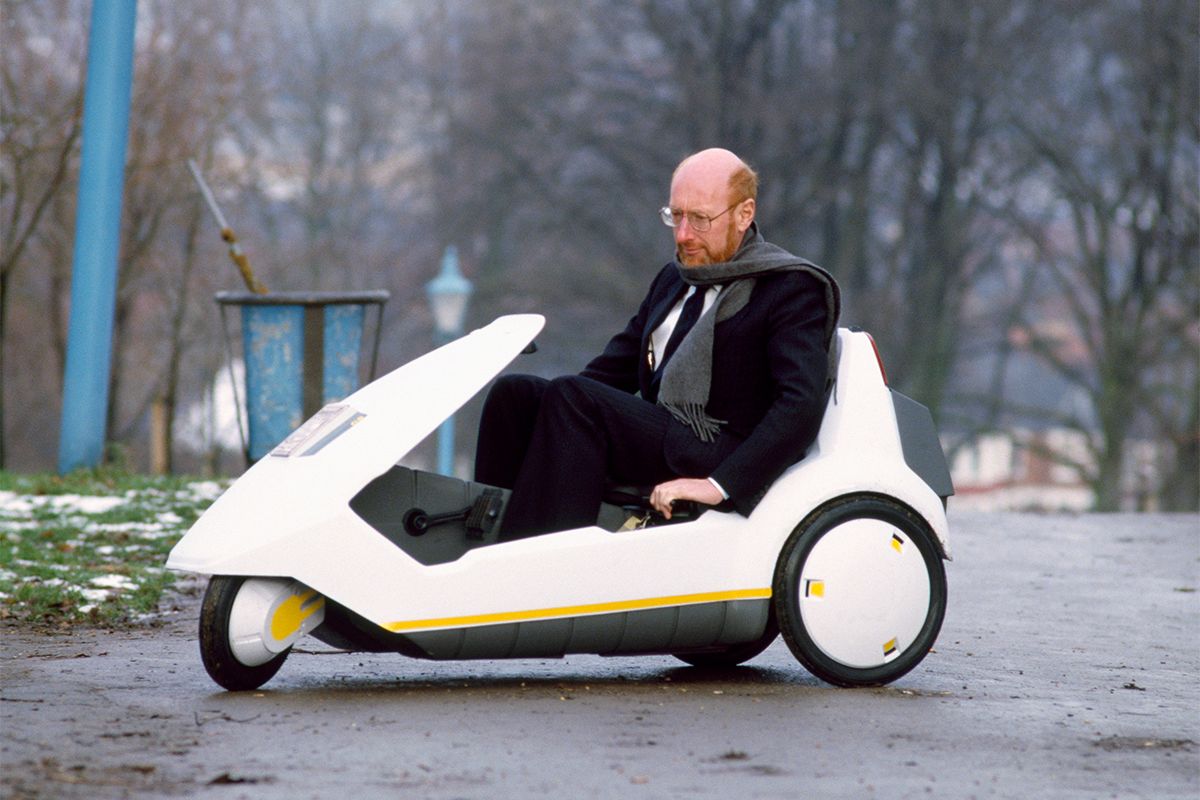10 Inventions That Missed the Mark: A Look at History’s Least Successful Creations
In an age where technological breakthroughs shape our daily lives, not every invention achieves acclaim or functionality. Some creations, despite initial promise, have proven to be impractical or even hazardous. This article explores ten of the most notorious misfires in innovation, illustrating how even the best intentions can lead to disastrous results.
The Parachute Coat: An Ambitious Leap
Franz Reichelt, a tailor fascinated by early aviation, attempted to merge fashion and function by inventing a parachute coat for pilots. In a tragic 1912 demonstration from the Eiffel Tower, this ill-conceived design failed dramatically, resulting in Reichelt’s death. Nevertheless, his ambition laid groundwork for future aerial safety innovations, such as today’s parachutes and wingsuits.
Coffee Pods: Convenience at a Cost
Once heralded for their convenience, coffee pods have become a symbol of wastefulness. Inventor John Sylvan has since expressed regret over his 1990s creation, which generates over half a million tonnes of waste annually. While some companies offer recycling options, the pods typically take 500 years to decompose in landfills, showcasing a significant environmental downside.
Sinclair C5 Electric Tricycle: Ahead of Its Time?
Launched in 1985, the Sinclair C5 electric tricycle was a vision of futuristic transport that ultimately fell short. At only 80cm high, it became a road hazard alongside larger vehicles and suffered from a limited 20-mile battery range. Despite its innovative concept, the C5 struggled in the market, marking a low point in inventor Sir Clive Sinclair’s legacy.
Pop-Up Advertisements: An Unwanted Interruption
Initially designed to improve user experience, pop-up ads have devolved into one of the internet’s most despised features. Inventor Ethan Zuckerman later regretted creating them, acknowledging that his intention to separate advertising from content was misinterpreted. Today, pop-ups are synonymous with intrusive browsing experiences.
Hydrogen Airships: A Dangerous Dream
In the early 20th century, airships like the Graf Zeppelin offered luxurious transatlantic travel until their reliance on hydrogen gas culminated in disasters such as the Hindenburg tragedy of 1937. While the era of hydrogen airships faded swiftly, modern companies propose eco-friendly alternatives utilizing non-flammable helium.
SEGA Dreamcast: A Console Cut Short
SEGA’s 1999 Dreamcast aimed to revive the brand amidst stiff competition from Sony’s PlayStation. Though it featured online gameplay and a unique controller, it struggled against a lack of popular titles and the overwhelming success of the PlayStation 2, leading to SEGA’s exit from the console market.
Chewing Gum: A Sticky Situation
Chewing gum has evolved since its 1848 debut, but the modern variant often contains polyvinyl acetate, making it a persistent environmental nuisance. Fortunately, the rise of plastic-free alternatives signals a positive shift for consumers who love to chew without contributing to landfill congestion.
Betamax Video: Quality Doesn’t Always Win
Sony’s Betamax video format boasted superior picture quality compared to its VHS competitor but ultimately faltered commercially. The adult film industry’s preference for VHS and the product’s high cost overshadowed Betamax’s advantages, leading to its eventual discontinuation in 2016.
Plastic Carrier Bags: A Growing Crisis
Originally designed as reusable by Swedish engineer Sten Gustaf Thulin in 1965, plastic carrier bags now pose a severe threat to the environment. Experts predict that by 2050, ocean plastic could outnumber fish. Although recent measures in the UK have reduced usage, the detrimental legacy of these bags remains daunting.
Apple Newton: An Early Tech Misstep
Apple’s Newton, introduced in the early 1990s, aimed to revolutionize note-taking with handwriting recognition. However, the device’s high cost and poor functionality led to its discontinuation shortly after Steve Jobs returned to the company in 1997—an early reminder of the challenges in tech innovation.
These inventions serve as cautionary tales that remind us that even the most creative ideas can lead to unexpected consequences.







